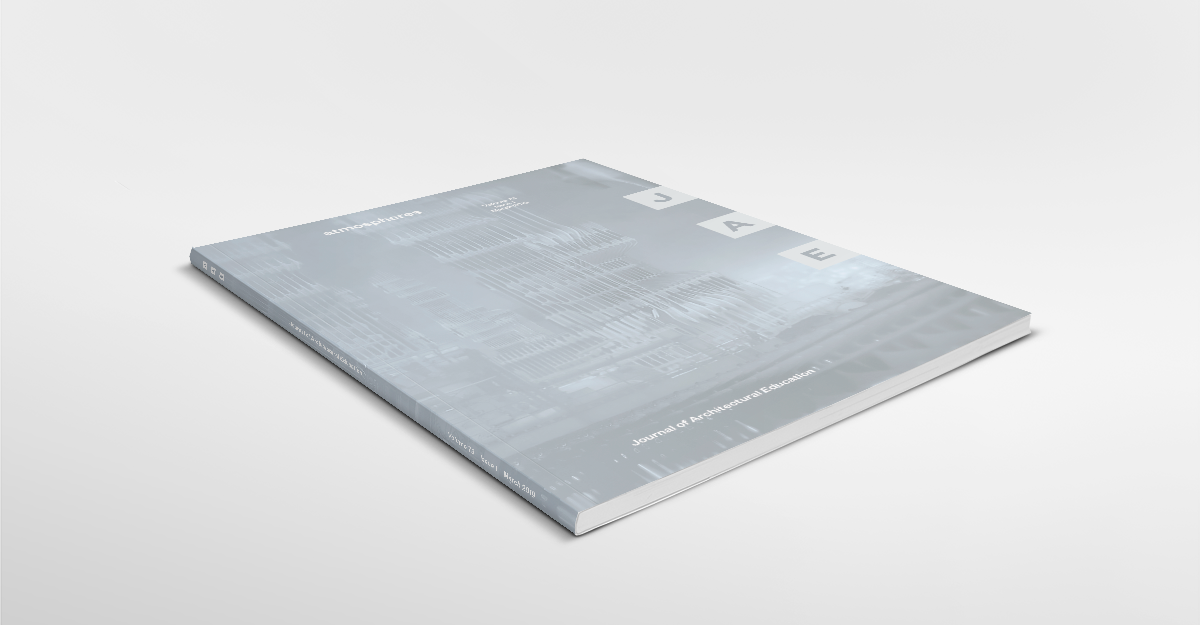
There was a desert wind blowing that night. It was one of those hot dry Santa Anas that come down through the mountain passes and curl your hair and make your nerves jump and your skin itch. On nights like that every booze party ends in a fight. Meek little wives feel the edge of the carving knife and study their husbands’ necks. Anything can happen. You can even get a full glass of beer at a cocktail lounge.
-Raymond Chandler
As far as overused opening lines go, I have always preferred “it was a dark and stormy night” over “once upon a time.” The former situates a story both in time and atmosphere rather than simply in time. Indeed, in the inky dark shadows of most noir fiction, the setting of the story in the city (often New York, Los Angeles, or San Francisco) is typically charged with some sort of atmospheric affect, which helps to explain the events as they unfold. The heat, the fog, the rain, the above-mentioned Santa Anas, set the scene and can be read as psychological as well as architectural precursors to some sort of devious deed. Indeed, the work is often described less as procedural whodunnits than a psychological unpacking of post-war trauma. The atmosphere of the city and architecture therein symbolizes that psychosis.
Similar to narrative (in fiction and film), architecture is also temporal and atmospheric. The question may be to the degree to which each (time and atmosphere) can be intentional in architecture. All buildings age, but rarely is the deterioration of a building part of the design intention. Architecture is experienced in and across time, but again, such experience is rarely predictable. As with atmosphere, the temporality of a building is often too complex to forecast. Users, like the weather, change. And, perceptions of the same building inevitably differ. Perhaps as a result of such unpredictability, space and form have more often foregrounded architectural discourse, at least in the twentieth century. That said, is there a lesson to be learned from the clearly intentional atmospheric cityscapes and interiors found in fiction and film?
Another reference may help to illuminate the understanding of atmosphere in architecture. Andrei Tarkovski’s Nostalghia offers an atmospheric counterpoint to the tradition of noir mentioned above. Just one example is the second scene. It is a foggy landscape, perhaps in the north of Italy. Dogs are barking in the distance. A car motor is heard off screen. From the left, a car enters the frame and then stops in the middle. Eugenia, the translator, steps out of the car and, alternating between Italian and Russian, comments that the light reminds her of autumn in Moscow. Andrei, a Russian researcher who is the main character of the film and who suffers from severe nostalgia, begrudgingly gets out of the car and remarks how tired he is of seeing such “sickly beautiful sights.” The camera pans as he walks up to the church. The scene lasts more than two minutes, during which the fog continues to roll across the landscape.
The scene is certainly contrived. Tarkovsky recorded all of the sound separately and added it in post-production. Yet, there is a clear sense of the architecture of the frame. And this scene sets the tone for the film. Almost every shot in the film pans to the left or right, parallel with the frame. The sounds heard out of the frame help to expand the landscape and make it clear that we are looking through a frame, into a world. Personal references are abundant throughout; Tarkovsky suffered from nostalgia while in Italy, making his only film outside of Russia; the poetry in the film is his father’s; the dog wandering in and out of the scenes is his own. He was clear, however, that there was no symbolism in the film. Water is water. Fog is fog. Oil is oil. That said, the way in which each are used in the film, changes the way in which each are understood. As Domenico, the madman, explains, two drops of oil when added together make one (1=1+1). The atmospheric effect is not symbolic, but rather presents the fullness of the world consciously through the media of film. One is always more than one.
The discourse around atmosphere from the nineteenth to twentieth century ranges from stimmung to milieu and implies something more than the symbolic, to include issues of weather, mood, culture, situation, context, history, and setting. In film and fiction, architecture is a means to an end. In architecture, we propose the means to an end we have little control over. While not able to be intentional, atmosphere need not be symbolic but we may recognize the capacity of architecture to be situated in, and reveal, what was always present but not yet felt.
Continue Reading:






